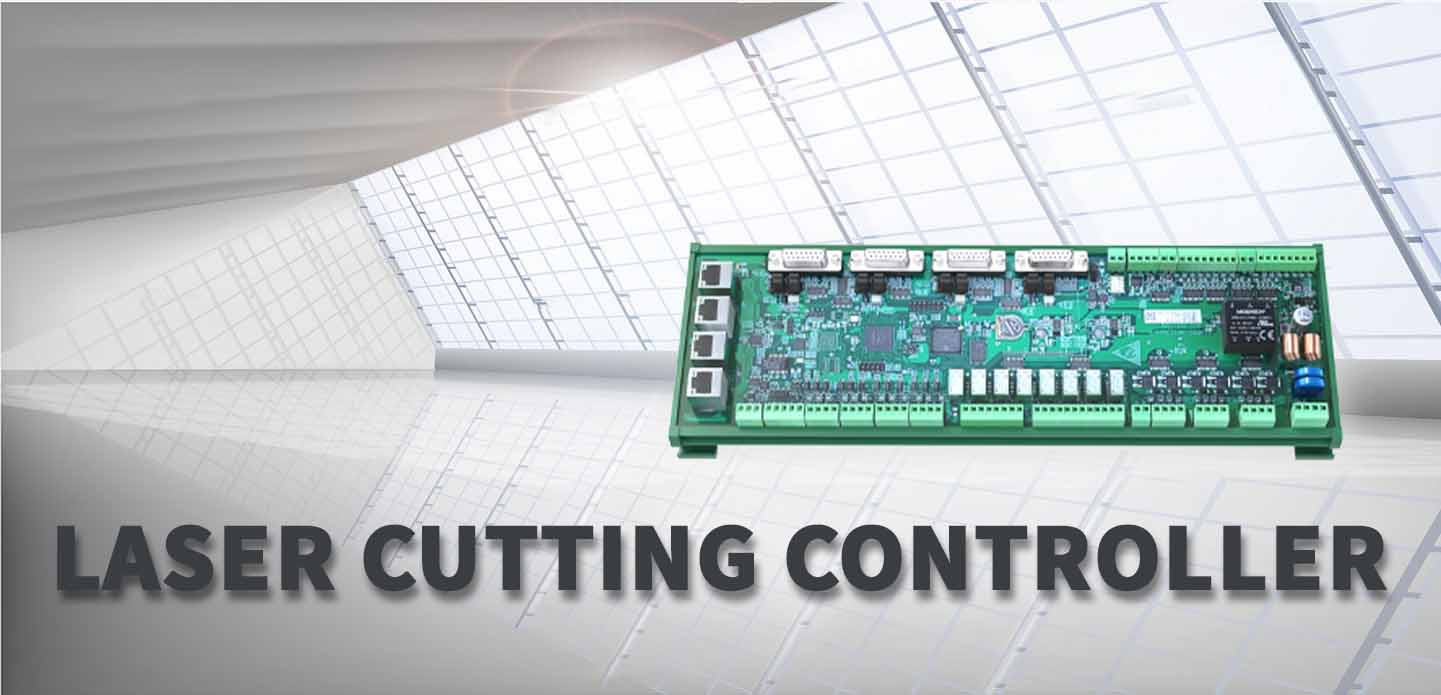Laser cutting has revolutionized the manufacturing and fabrication industries, enabling the precise and efficient cutting of various materials. At the heart of this technological marvel lies one critical component that ensures the accuracy, speed, and quality of the cuts: the laser cutting controller. This article delves into the intricate workings of laser cutting controllers, the advancements in technology, and the impact these innovations have on modern manufacturing.
A laser cutting controller is an advanced system designed to regulate the operation of laser cutting machines. It controls parameters such as speed, power, and motion, allowing for precise cutting of different materials ranging from metals and plastics to wood and textiles. These controllers communicate with the laser cutter’s hardware and software, translating design files into actionable commands that guide the laser’s movement and energy output.
One of the principal advancements in laser cutting controllers is the incorporation of sophisticated software algorithms. These algorithms enable more complex designs to be created and executed with exceptional precision. With the rise of computer-aided design (CAD) software, designers can craft intricate patterns that are then seamlessly transformed into cutting paths by the laser cutting controller. This synergy between software and hardware not only boosts production efficiency but also reduces waste material, a significant factor in environmentally conscious manufacturing practices.
Moreover, the development of user-friendly interfaces has made laser cutting technology more accessible to a broader range of users. Today’s controllers often come equipped with touch screens, intuitive navigation menus, and real-time feedback systems. This ease of use allows operators, even those with little technical expertise, to quickly learn how to create and modify cutting programs, thereby streamlining the workflow and enhancing productivity.
In addition to user-friendly interfaces, advancements in connectivity have also played a significant role in the evolution of laser cutting controllers. Many modern controllers support various communication protocols, including USB, Ethernet, and wireless connections. This flexibility enables users to send design files directly from their computers or mobile devices to the laser cutter, fostering a more integrated and efficient design-to-production process. Furthermore, remote monitoring capabilities allow operators to keep track of the laser cutting process in real time, addressing any issues that may arise without being physically present at the machine.
Safety is another crucial aspect that has seen significant improvements in laser cutting controllers. Advanced safety features, including emergency stop buttons, protective barriers, and automated shut-off mechanisms, are now standard in many systems. These features help protect operators and manufacturing equipment from potential accidents caused by human error or mechanical failure. The implementation of sensors also plays a vital role in enhancing safety, as they can detect conditions that may lead to accidents, such as overheating or misalignment of materials.
As the demand for customization increases across various industries, laser cutting controllers have adapted to meet these needs. Many controllers now offer the ability to handle multiple materials and thicknesses, providing versatility that is essential in today’s diverse manufacturing landscape. This adaptability enables businesses to cater to a wide range of clients, from small startups requiring custom prototypes to large corporations needing mass-produced components.
The integration of artificial intelligence (AI) and machine learning into laser cutting controllers represents the next frontier in this technology. By analyzing historical data and real-time performance metrics, AI-equipped controllers can optimize cutting paths, predict maintenance needs, and even adjust settings autonomously for enhanced precision. This level of sophistication minimizes human error and maximizes operational efficiency, paving the way for smarter factories.
In conclusion, the laser cutting controller plays a pivotal role in the laser cutting process, enabling manufacturers to achieve unmatched levels of precision and efficiency. As technology continues to evolve, we can expect even greater innovations in laser cutting controllers that will further enhance their capabilities and drive the manufacturing industry forward. Embracing these advancements not only facilitates improved production outcomes but also fosters a more sustainable and innovative manufacturing ecosystem. As we look to the future, the possibilities for laser cutting technology and its controllers remain virtually limitless, promising a new era of manufacturing excellence.
由投用户稿件整理稿件发布,不代表本站观点及观点,更多交流学习之用,如涉及版权等问题,请随时联系我们(yangmei@bjjcz.com),我们将在第一时间给予处理。






